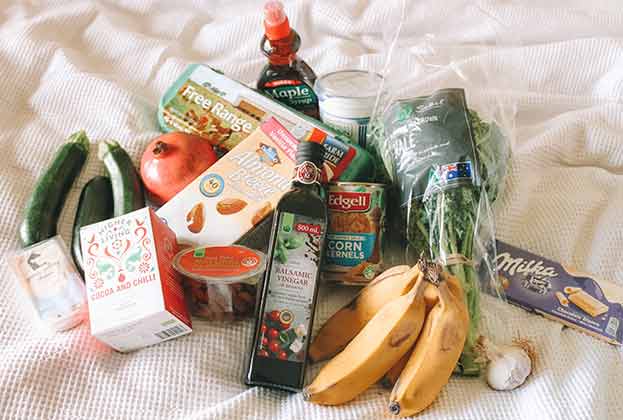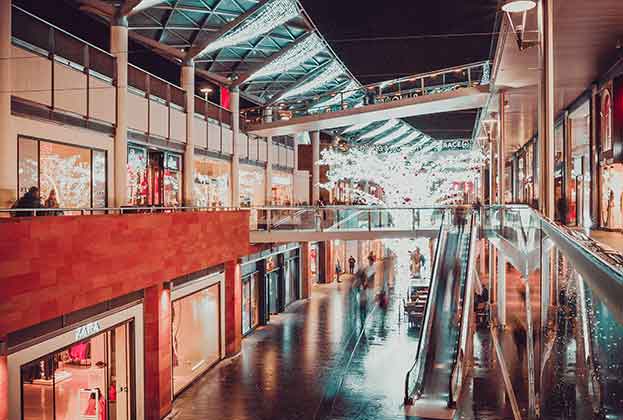Sale and leasebacks can unlock capital that could be reinvested in the core businesses of retailers. Activity has already been growing over the past two years
Rent collection and rental negotiations
The capital required for these investments can be easily raised through sales and leasebacks. Several supermarket chains have shown a preference in owning their assets where possible, or this has been the way through development to secure the desired spots for their expansion. Currently, they can unlock this capital and take advantage of the high investor appetite for this product.
During the first three quarters of the year, European retail sales and leaseback (SLB) amounted to approximately €1.2bn. This is 46% down compared to the same period last year but in line with the past five-year average. The third quarter recorded particularly strong activity in the sector with multiplying numbers of notable SLB deals transacted, including the Adeo European portfolio bought by Batipart and Covéa for approximately €500m, the Mercadona portfolio in Spain bough by LCN Capital for €180m, the Eroski portfolio in Spain bought by WP Carey REIT for circa €87m and more recently still in Spain the Toys"R"Us six-property portfolio acquired by Sports Directs for €34m. More than half of the retail SLB was concentrated in Spain (39%) and France (20%), followed by the UK (14%), Germany (10%) and Italy (7%).
Retail SLB activity remained predominantly driven by the grocery sector, although recent transactions suggest investors interest is broadening to other business sectors such as DIY, as we anticipated in our last report (May). The resilience of the food sector as clearly caught investors’ attention, whilst for food retailers, Covid-19 has highlighted the need to develop their omnichannel strategy by expanding delivery and drive-in services, which requires investment; hence a good match. The number of SLB deals from non-food retailers with strong covenants is also slowly rising. Sectors such as DIY, gardening centres and home improvement, which by essence, need both a physical and an online presence are typically good targets.
We expect retail investment activity next year to be driven by value-add opportunities and sales and leasebacks
Savills European Research
Historical data shows two large waves of retail SLB transactions. The first one in 2007, before the GFC, led by strong core investors’ demand. Retailers were easily convinced by rocketing levels of pricing. The second wave in 2010, led by retailers’ distressed sales, predominantly acquired by opportunistic investors. On average across Europe and across retail formats, the average prime yield moved out by approximately 130bps between Q1 2007 and Q1 2010. In Q3 2020, the prime retail yield was at 4.86% on average. This is 45bps above its lowest level recorded two years ago (4.40% in Q3 2018). The overall level of retail SLB will increase significantly during the second part of 2021 when downward price correction will be sufficient to highlight the retail risk premium over other assets classes and attract opportunistic investors.
Read the articles within Spotlight: Retail investment – Focus on Food below.
.jpg)


